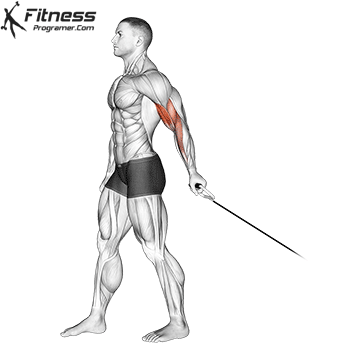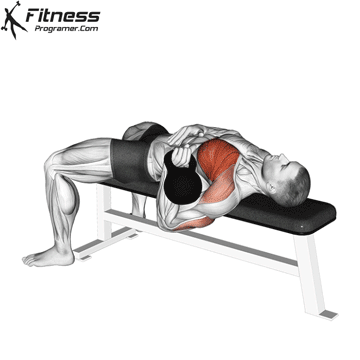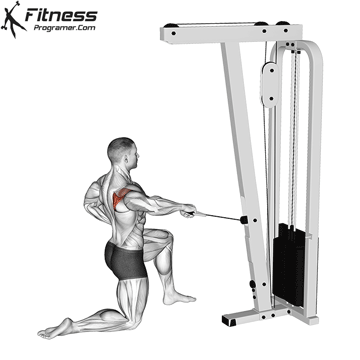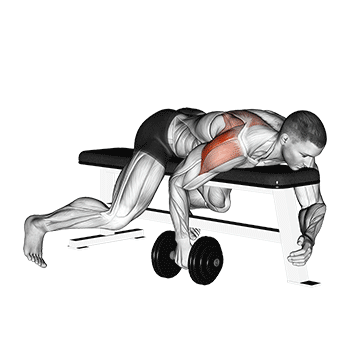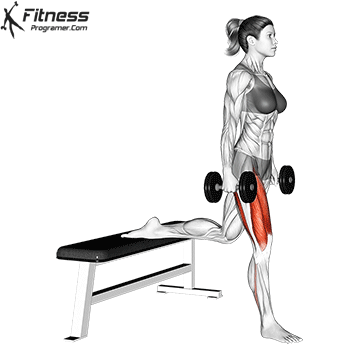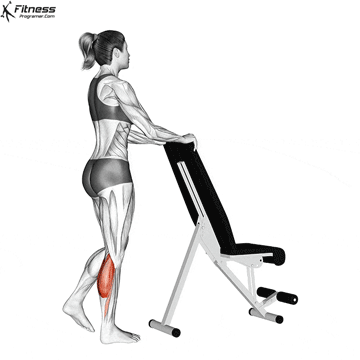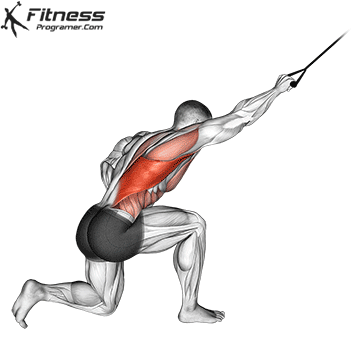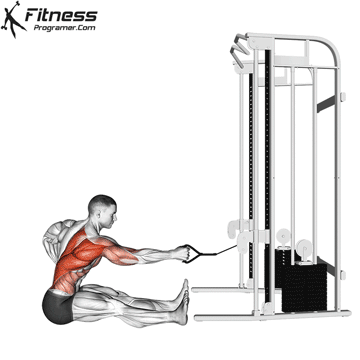Contents
Unilateral exercises are strength training movements that require one limb or one side of the body to work independently from the other. These exercises are important for balanced muscle development because they help to identify and address muscle imbalances that can occur between the left and right sides of the body.
Unilateral exercises activate more muscle fibers than bilateral exercises because each side of the body is working independently. This increased activation leads to better muscle growth and strength gains. For example, a basketball player may have stronger legs on one side due to their dominant shooting hand. By focusing on unilateral exercises, they can work to correct these imbalances and reduce the risk of injury.
Benefits Of Unilateral Exercises
Unilateral exercises can be beneficial for several reasons:
1. Correcting Muscle Imbalances:
Muscular imbalances refer to differences in strength and size between the muscles on the left and right sides of the body. One of the primary benefits of unilateral exercises is their ability to highlight and address muscle imbalances.
When one side of the body is consistently favored in bilateral movements, it can lead to discrepancies in strength and development between the left and right sides. Unilateral exercises force each side to work independently, helping to identify and correct these imbalances over time.

If you’ve ever looked in the mirror and noticed that your right bicep is larger than your left, you may be wondering why this is happening.
You may be putting more weight on your right arm during exercise, which may cause your right arm to develop more than your left arm. To correct this, you can focus on using the same weight and performing the same number of repetitions with both arms during your workouts. By working each arm independently, you can identify and correct any strength differences, which can improve your overall bicep symmetry.
If you notice a muscle imbalance in your biceps, where one is noticeably larger than the other, consider exploring the following topic.
2. Enhanced Balance and Stability:
Unilateral exercises inherently challenge your body’s balance and stability as it works to support itself on one limb. This engagement of stabilizing muscles, particularly in the core and lower body, contributes to improved balance and stability both in and out of the gym. By strengthening these stabilizers, unilateral training can reduce the risk of falls and injuries, especially in activities requiring dynamic balance.

3. Improved Coordination and Motor Control:
Performing unilateral movements requires heightened coordination and motor control, as each limb or side of the body must execute the exercise independently. Over time, this can lead to improved neuromuscular coordination, translating to more fluid and efficient movement patterns in various activities and sports.

4. Functional Strength Development:
Unilateral exercises mimic real-life movements more closely than bilateral exercises, making them highly functional for everyday activities and sports. Whether you’re carrying groceries, going up stairs, or playing sports such as tennis or basketball, unilateral training builds the strength and stability required to do these activities easily and effectively.

5. Reduced Risk of Injury:
By addressing muscle imbalances, improving balance and stability, and enhancing coordination, unilateral training can significantly reduce the risk of injuries, particularly those associated with overuse or poor movement mechanics. Strengthening both sides of the body equally and promoting symmetrical movement patterns can help prevent strains, sprains, and other common fitness-related injuries. Therefore, it is accepted as a complementary exercise (1).
Overall, incorporating unilateral exercises into your workout routine can help to improve your overall strength, stability, and coordination, while also reducing the risk of injury.
Some common examples of unilateral exercises include:
Unilateral Arm Exercises
Unilateral exercises help to correct muscle imbalances by targeting each arm individually. This can lead to better overall strength and muscle development in both arms.
Unilateral Chest Exercises
When it comes to unilateral exercises for the chest, it’s important to target both the pectoral major and minor muscles. Here are 10 unilateral exercises that you can incorporate into your chest workout routine:
Unilateral exercises for the Shoulder
Unilateral exercises for the shoulder can be a great way to improve strength and stability in the shoulder joint, while also preventing muscle imbalances. Remember to start with lighter weights and focus on proper form to avoid injury and maximize the benefits of these exercises. Here are 10 unilateral exercises that you can incorporate into your shoulder workout routine:
Unilateral exercises for the Leg and hips
Unilateral exercises for the leg and hips can be a great way to improve strength, stability, and balance, while also preventing muscle imbalances. Here are 10 unilateral exercises that you can incorporate into your leg workout routine:
Unilateral back exercises
Unilateral back exercises help to target each side of your back individually, which can help to correct any muscle imbalances that may exist. Unilateral back exercises require greater core activation compared to bilateral exercises. This means better performance in activities like sports or weightlifting.
How to Incorporate Unilateral Exercises into Your Workout Routine
It’s important to balance your unilateral exercises with bilateral exercises for overall muscle development. Try to incorporate both types of exercises into your routine. For example, instead of doing bilateral squats, do single-leg squat or Bulgarian split squats.
Proper form is essential for unilateral exercises to be effective and safe. Be sure to maintain proper alignment, engage your core, and keep your weight evenly distributed.
Incorporating unilateral exercises into your workout routine can improve your overall strength, stability, and balance. Remember to start with proper form, gradually increase difficulty, and balance your routine with bilateral exercises for optimal results.
Sample Unilateral And Bilateral Training Routine





